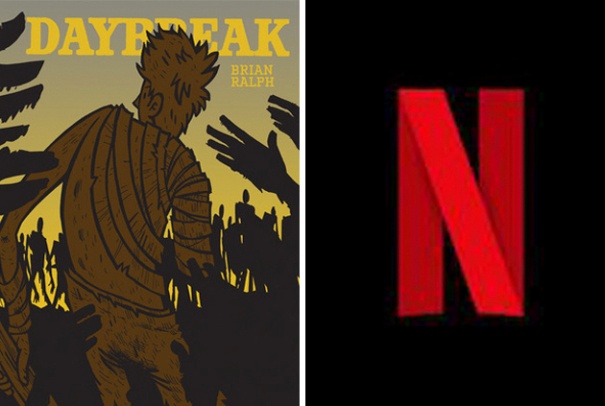How “Hot Summer Nights” Screenwriter Elijah Bynum Got To Direct His First Feature Film
July 25, 2018
To an outsider, the road to transforming Hot Summer Nights the script into Hot Summer Nights the film might look like the Hollywood dream.
Picture it: Elijah Bynum, 20something screenwriter, finishes his second script ever. It lands on the Black List (Hollywood executives’ favorite screenplays of the year that have yet to be produced) and then it’s made. Not only does Bynum get his second script produced, he also directs the film. Oh, and Hollywood’s hottest actor — Oscar® nominee Timothée Chalamet — is the star.
So yes; for many aspiring filmmakers, this is the ultimate dream. But Bynum’s road to success wasn’t as straightforward as it sounds.

Set to the backdrop of a looming hurricane in 1991, Hot Summer Nights follows an awkward but endearing teen (Chalamet) who is spending the summer after graduating high school with his aunt in Cape Cod. He befriends the local drug dealer, falls for said drug dealer’s sister, and soon his relationships with both become explosive.
The movie was ambitious on paper, which presented initial problems for Bynum.
“Hollywood appreciated the script but no one wanted to finance it,” the writer-director said.
“Because of what the budget was and the fact that it was R-rated and had teenagers in it, it was a tricky one to get made.”
That was until a young company, Imperative Entertainment, took a chance on Bynum’s vision.
“They were brand new in town and they wanted to make something on the smaller side with a younger director they could be hands on with,” Bynum said.
“They gave me the green light … it was a really special moment.”
With a production company secured, the next challenge was finding a director who saw that vision. Bynum and one of the film’s producers met with several over the span of one year.
“I was waiting for one of them to come into the meeting and say what I had in my head,” Bynum said.
“They all had very interesting, creative ideas about how they wanted to shoot the film, but there was this thing nagging at me in terms of how I saw it.”
Though it can be tough for Hollywood gatekeepers to put money behind first-time directors, Bynum knew the movie needed his eye.
“I had this arrogant idea that I knew how it should get made, and I wanted to direct it,” he said.
“It was two years after I had written the script that this idea started seeping into my mind.”
Bynum found the courage to tell producers he wanted to direct the film and they asked him to walk them through a few scenes.
“I told them how I would shoot it and what music I would play, the energy I was looking for … By the end of the meeting they said, ‘we want you to direct it.’”
This blind trust is rare in Hollywood, which often opts for directors with hits behind them. Bynum even admits that getting a ‘yes’ in the room was something he thought “only happened in movies.”
“Nothing has ever been that easy since … They rolled the dice on me and I’m really glad they did,” he said.
After Bynum got the green light, production on the film started and in came a new set of obstacles.
“We had over 75 locations, a hurricane, car accidents … this, that and the other,” Bynum said.
“I don’t think I realized how much it actually was until we got down to pre-production. Once the camera started rolling, the problems didn’t get any less.”
For the writer-director, who had spent time thinking through possible problems before he got on set, the biggest challenge was “the race against time,” — trying to capture every shot he needed during the film’s short production.
“There was a lot of pressure to make sure we stayed on schedule. A twelve-hour day seems like a lot of time but we realized how quickly those hours can go by,” he said.
“That was the scariest part of it all, feeling like we wouldn’t have time to get everything.”
But in the end, he did. And part of that was thanks to the crew and actors he brought on board.
“There was a bunch of young people who didn’t have a ton of experience but did have a lot of passion and energy, all working together. You can feel that on the screen,” Bynum said.
“If there was a senior crew and an older director, it would have been a very different movie, for better or worse.”
Hot Summer Nights is in theaters and On Demand July 27.
Written by: Anna Klassen
Anna Klassen is a screenwriter and journalist living in Los Angeles. She can be found on twitter and Instagram at @annajklassen.- Topics:
- Industry Interviews & Spotlights

